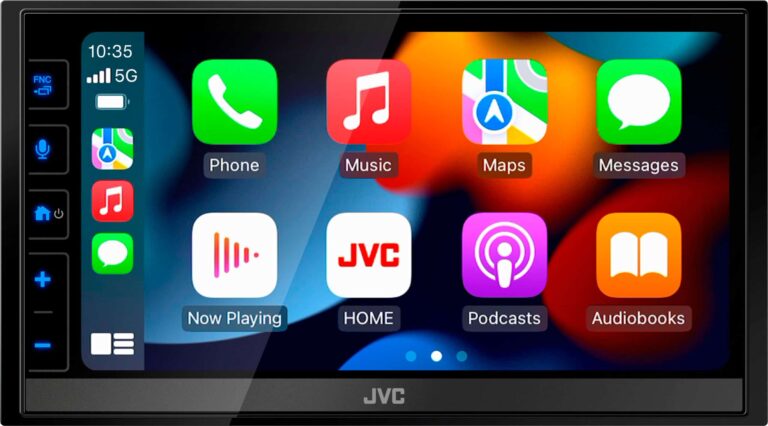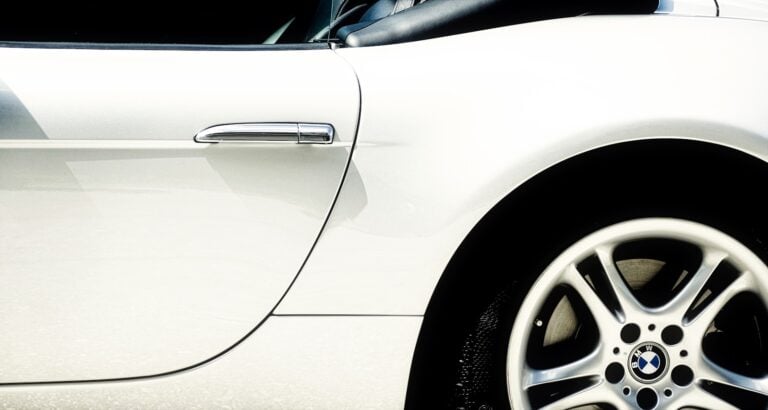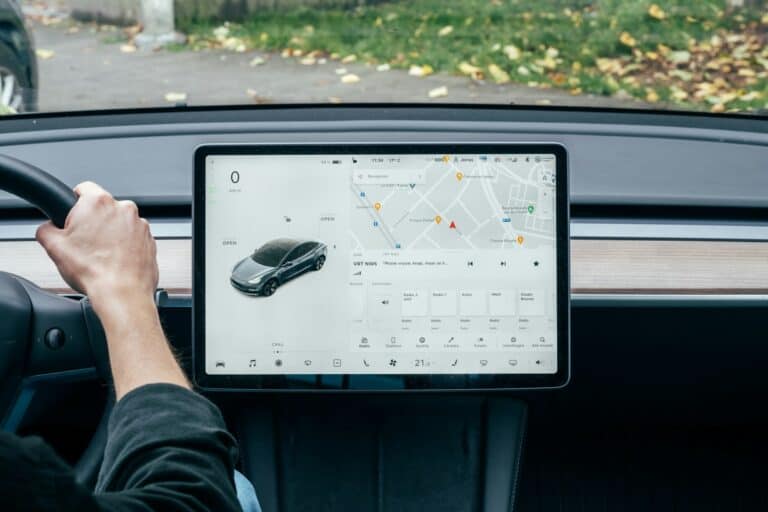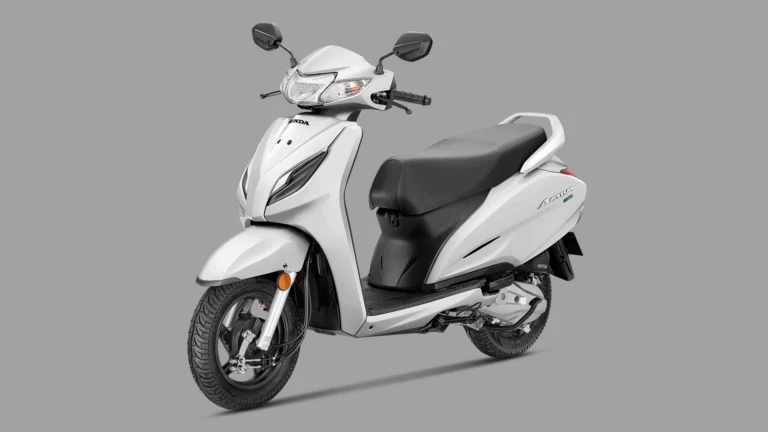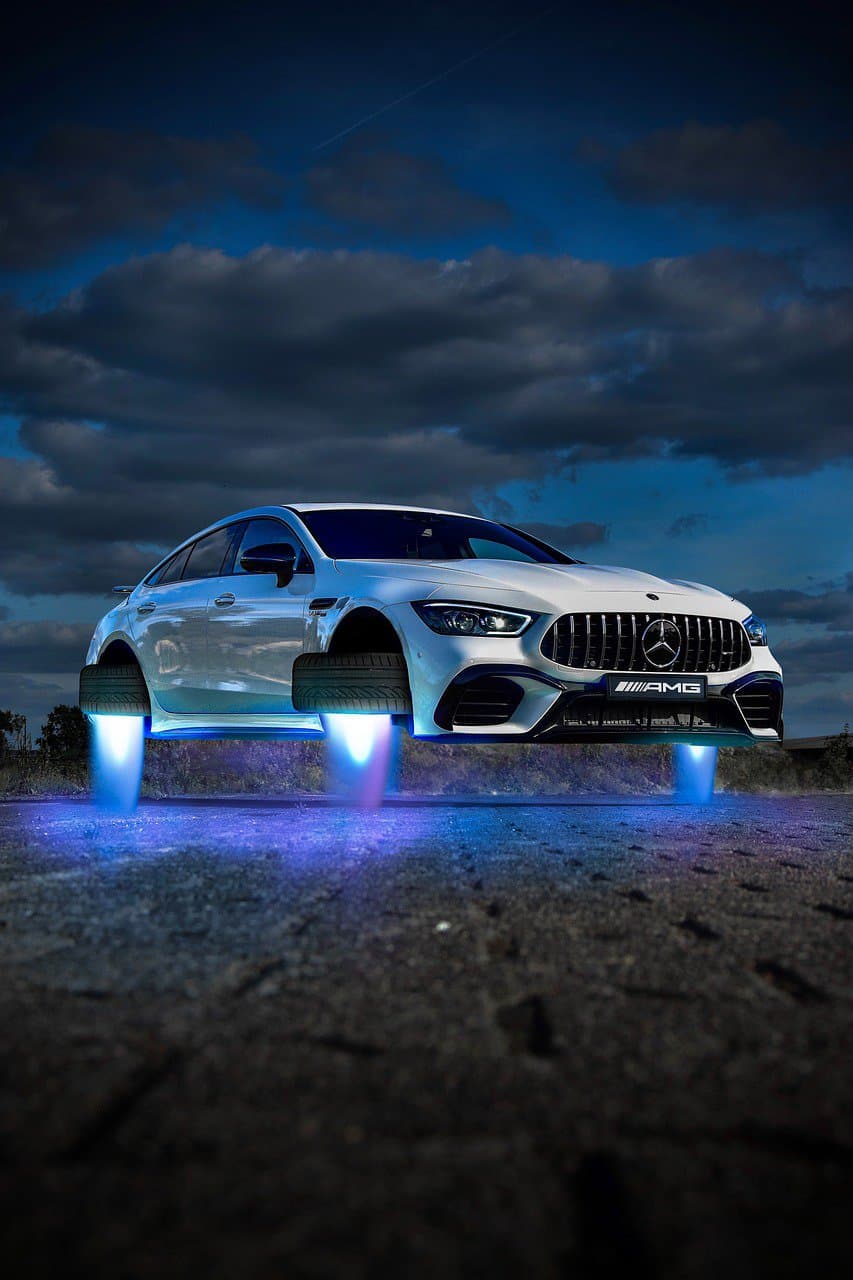
CES 2025 showcased groundbreaking flying car concepts, pushing the boundaries of automotive innovation. These futuristic vehicles combine the convenience of road travel with the ability to take to the skies, potentially revolutionizing personal transportation.
Automakers and tech companies unveiled prototypes featuring modular designs, advanced AI systems, and eco-friendly propulsion methods. Some models incorporated solar power technology, while others focused on autonomous flight capabilities. The flying cars on display ranged from sleek two-seater designs to larger vehicles capable of transporting multiple passengers.
The exhibition highlighted the rapid progress in aerial mobility technology and its potential impact on urban planning and transportation infrastructure. While regulatory and safety challenges remain, the flying car concepts at CES 2025 offered a glimpse into a future where the lines between ground and air travel begin to blur.
Flying Cars Take Center Stage at CES 2025
Xpeng Aero HT: A Car That Takes Flight
The Xpeng Aero HT stole the show at CES 2025. This innovative vehicle can drive on roads like a regular car and transform into a flying machine. It features a detachable top section with propellers that enable vertical takeoff and landing. The estimated price is under $300,000, and Xpeng has already received over 3,000 pre-orders. They plan to begin mass production later this year.
Other Flying Car Concepts
While Xpeng Aero HT generated significant buzz, other companies presented their own flying car concepts at CES 2025:
- VTol Concepts: Showcased a sleek, two-seater aircraft designed for personal transportation. It features foldable wings for easy storage and compatibility with existing road infrastructure.
- Airbus Vahana: This single-passenger aircraft is designed for urban commuting. It boasts autonomous flight capabilities and a compact design suitable for navigating cityscapes.
- EHang: Focused on autonomous aerial vehicles for passenger transportation and cargo delivery. Their latest model features increased passenger capacity and improved range.
Flying Car Challenges
Despite the excitement surrounding flying cars, several challenges remain:
- Regulation: Clear regulations are needed for air traffic control, vehicle certification, and pilot licensing to ensure safety and manage the influx of flying cars.
- Infrastructure: Existing infrastructure needs upgrades to accommodate flying cars, including landing pads, charging stations, and traffic management systems.
- Public Acceptance: People need to feel comfortable with the idea of flying cars sharing the airspace. Concerns about safety and noise pollution need to be addressed.
The Future of Flying Cars
Despite these challenges, the future of flying cars looks bright. As technology advances and costs decrease, flying cars may become a common sight in our skies. Imagine a future where you can bypass traffic congestion and reduce commute times significantly.
Flying Car Comparison Table
| Feature | Xpeng Aero HT | Vtol Concepts | Airbus Vahana | EHang |
|---|---|---|---|---|
| Capacity | 4 passengers | 2 passengers | 1 passenger | Multiple passengers/cargo |
| Takeoff/Landing | Vertical | Vertical | Vertical | Vertical |
| Range | Not specified | Not specified | Limited urban range | Extended range |
| Autonomy | Manual | Manual | Autonomous | Autonomous |
| Price | Under $300,000 | Not specified | Not specified | Not specified |
Electric Vertical Take-off and Landing (eVTOL) Aircraft: A New Era of Urban Air Mobility
Beyond flying cars, the rise of eVTOL aircraft is revolutionizing urban air mobility. These electric-powered aircraft offer several advantages:
- Reduced Emissions: eVTOLs produce zero emissions during flight, contributing to cleaner air in cities.
- Quieter Operation: Compared to traditional helicopters, eVTOLs are significantly quieter, minimizing noise pollution.
- Efficiency: Electric propulsion systems offer improved energy efficiency, reducing operating costs.
Several companies are developing eVTOL aircraft for various applications, including:
- Passenger Transportation: Companies like Joby Aviation and Lilium are creating air taxis for short-distance urban travel.
- Cargo Delivery: eVTOLs can transport goods quickly and efficiently, especially in congested urban areas.
- Emergency Services: Their ability to take off and land vertically makes them ideal for medical emergencies, search and rescue operations, and firefighting.
The development of eVTOL aircraft is rapidly progressing, and we can expect to see them playing a significant role in urban transportation in the coming years.
Key Takeaways
- Flying car prototypes at CES 2025 featured modular designs and advanced AI systems
- Solar power and autonomous flight capabilities were key innovations in aerial mobility
- Regulatory and safety challenges persist despite technological advancements in flying cars
Innovations in Aerial Mobility
The excitement surrounding flying cars intensified at CES 2025, where various companies presented their innovations, including Xpeng Aero HT’s car-to-aircraft transformation and new eVTOL concepts. Despite the promising advancements, challenges such as regulation, infrastructure requirements, and public acceptance must be addressed. The article discusses these advancements, the obstacles they face, and their potential impact on the future of transportation.
CES 2025 showcases groundbreaking advancements in flying car technology. Electric vertical takeoff and landing (eVTOL) vehicles, modular designs, and AI-driven flight systems are reshaping the future of transportation.
Advancements in eVTOL Technology
Electric vertical takeoff and landing vehicles are taking center stage at CES 2025. These aircraft combine the convenience of helicopters with the efficiency of electric propulsion. Aptera, known for its solar-electric cars, has unveiled a prototype eVTOL with a range of 250 miles.
The new eVTOL features:
- Lightweight carbon fiber construction
- Retractable wings for compact storage
- Solar panels for supplementary power
- Noise reduction technology for urban use
Battery improvements have increased flight times to over 60 minutes, addressing previous endurance limitations. Charging times have been reduced to under 30 minutes, enhancing practicality for daily use.
Modular Flying Car Designs
Xpeng AeroHT’s Land Aircraft Carrier (LAC) stands out as a revolutionary modular flying car concept. This dual-mode vehicle transitions seamlessly between ground and air travel.
Key features of the LAC include:
- Detachable flight module
- Autonomous driving capabilities on roads
- Vertical takeoff and landing for urban environments
- Seating for two passengers
The modular design allows users to switch between flying and driving modes based on traffic conditions and travel needs. This flexibility addresses the challenges of integrating aerial vehicles into existing transportation infrastructure.
AI and Autonomous Flight Developments
Artificial intelligence is playing a crucial role in advancing flying car technology. AI systems are enhancing safety, navigation, and overall flight performance.
Recent AI advancements include:
- Obstacle detection and avoidance systems
- Real-time weather analysis and route optimization
- Automated emergency landing procedures
- Air traffic management integration
These AI-driven features work alongside human pilots, improving safety and reducing the skill required to operate flying vehicles. Automated driving systems are being adapted for aerial use, paving the way for fully autonomous flying cars in the future.
Showcase and Debuts at CES 2025
CES 2025 featured groundbreaking flying car concepts and innovative automotive technologies. Major automakers and startups unveiled their latest prototypes, pushing the boundaries of urban air mobility.
Honda’s Transformative Exhibits
Honda made waves with its 0 SUV concept, blending electric propulsion with advanced autonomous capabilities. The vehicle’s sleek design and modular interior caught the attention of attendees. Honda also presented its Afeela brand, a joint venture with Sony, showcasing the Afeela 1 sedan. This high-tech vehicle boasted an array of sensors and cameras for enhanced safety and connectivity.
The Japanese automaker emphasized sustainable materials and energy-efficient manufacturing processes in its exhibits. Honda’s display included interactive demonstrations of its AI-powered driver assistance systems.
Xpeng’s Latest Innovations
Xpeng Aero HT stole the spotlight with its Land Aircraft Carrier. This electric minivan doubles as a launch pad for a detachable flying car module. The modular design allows seamless transitions between ground and air travel.
Xpeng’s flying car prototype demonstrated vertical takeoff and landing capabilities. It featured a lightweight carbon fiber frame and advanced battery technology for extended flight times. The company also presented its vision for urban air traffic management systems.
Visitors experienced virtual test flights through VR simulations at Xpeng’s booth. Engineers were on hand to explain the technical challenges and safety measures in place.
Hyundai Mobis and Geely Group’s Collaborative Projects
Hyundai Mobis partnered with Geely Group to showcase their joint mobility solutions. Their exhibit centered on a concept vehicle combining Hyundai’s electric powertrain expertise with Geely’s smart cockpit technology.
The collaboration also unveiled the Zeekr Mix, a luxurious flying car aimed at the high-end market. This sleek vehicle boasted retractable wings and a spacious cabin designed for both ground and air travel.
Hyundai Mobis and Geely demonstrated their progress in developing universal charging standards for electric and flying vehicles. Their booth featured scale models of proposed urban vertiports and integrated transportation hubs.
Next-Generation Technology Integration
Flying car concepts at CES 2025 showcase advanced technologies that blur the lines between ground and air transportation. These innovations combine electric vehicle capabilities with aerial mobility features, while integrating smart connectivity for enhanced user experiences.
The Convergence of EVs and Flying Cars
BMW’s Neue Klasse EVs incorporate Air Modules, allowing vehicles to transform from road-ready cars to aerial transport. This dual-mode functionality uses electric propulsion systems for both ground and air travel. The Air Module attaches to the EV chassis, deploying rotors for vertical takeoff and landing.
Other manufacturers present similar concepts, merging EV and flying car technologies. These vehicles feature lightweight materials, aerodynamic designs, and powerful electric motors. Advanced battery systems provide energy for extended flight times and driving ranges.
Smart Features and Connectivity in Future Models
Flying car prototypes at CES 2025 boast cutting-edge connectivity and AI-driven features. BMW’s iDrive Display serves as the central hub for vehicle control and navigation in both ground and air modes. This system uses real-time data to optimize routes across multiple transportation modes.
AI co-pilots assist drivers during transitions between driving and flying. These systems manage complex air traffic patterns and communicate with ground infrastructure. Manufacturers also showcase vehicle-to-vehicle communication capabilities, enhancing safety in congested airspace.
Toyota’s Woven City concept demonstrates how flying cars integrate with smart urban environments. The city’s infrastructure includes dedicated landing pads and charging stations for these dual-mode vehicles.
Challenges and Opportunities
Flying car concepts at CES 2025 face significant hurdles but also present exciting possibilities. The industry must navigate complex regulations, consumer skepticism, and environmental concerns to bring these innovative vehicles to market.
Regulatory Hurdles for Airborne Vehicles
Current aviation regulations are not equipped to handle flying cars. Manufacturers must work with aviation authorities to develop new safety standards and traffic control systems.
Key challenges include:
- Licensing requirements for drivers/pilots
- Air traffic management for low-altitude vehicles
- Safety certifications for hybrid ground/air vehicles
- Insurance and liability considerations
Some companies are partnering with regulators to create sandboxes for testing flying cars in controlled environments. This collaborative approach may help speed up the regulatory process.
Market Readiness and Consumer Adoption
Consumer acceptance remains a major hurdle for flying car manufacturers. Many people are skeptical about the safety and practicality of these vehicles.
Factors affecting adoption:
- High initial costs
- Limited infrastructure for takeoff/landing
- Public perception of safety risks
- Need for specialized training
To address these concerns, companies are focusing on:
- Gradual rollout in niche markets (e.g., emergency services)
- Extensive safety testing and demonstrations
- Partnerships with ride-sharing services for wider exposure
Sustainable Practices in Automotive Design
Environmental impact is a crucial consideration for flying car development. Manufacturers are exploring eco-friendly technologies to minimize the carbon footprint of these vehicles.
Sustainable design approaches include:
- Electric and hybrid propulsion systems
- Lightweight, recyclable materials
- Noise reduction technologies
- Energy-efficient aerodynamics
Some concepts at CES 2025 showcase modular designs that allow for easy component upgrades. This approach extends the lifespan of vehicles and reduces waste.
Companies are also investing in renewable energy sources for charging infrastructure to support a fleet of electric flying cars.
Frequently Asked Questions
CES 2025 showcased groundbreaking flying car technologies from various companies. These innovations addressed safety concerns, market potential, and sustainability efforts in the emerging industry.
What are the latest flying car technologies showcased at CES 2025?
CES 2025 featured advanced propulsion systems and autonomous flight controls. Manufacturers displayed electric vertical takeoff and landing (eVTOL) vehicles with improved battery technology.
Some models incorporated AI-powered navigation systems for safer air travel. Others showcased noise reduction technologies to address urban noise pollution concerns.
Which companies have introduced new flying car prototypes at CES 2025?
Several major automotive and tech companies unveiled flying car concepts at CES 2025. Hyundai Mobis presented its Full Windshield Holographic Display technology for future production vehicles.
The Sony-Honda Afeela partnership showcased its latest electric flying car prototype. Xpeng introduced the Aero HT, a highly anticipated flying car model at the event.
What advancements in flying car safety were presented at CES 2025?
Safety innovations took center stage at CES 2025. Manufacturers demonstrated enhanced collision avoidance systems using advanced sensors and AI algorithms.
Some prototypes featured emergency landing capabilities and redundant propulsion systems. Others showcased improved structural designs to enhance crash protection for occupants.
Can you highlight the potential market impact of flying cars exhibited at CES 2025?
Analysts at CES 2025 predicted significant market growth for flying cars in the coming years. The exhibited models aimed to address urban congestion and reduce travel times in densely populated areas.
Experts suggested that flying cars could revolutionize personal transportation and create new business opportunities in sectors like air taxi services and logistics.
What are the key features of the most talked-about flying car at CES 2025?
The Xpeng Aero HT garnered significant attention at CES 2025. This model boasted vertical takeoff and landing capabilities, making it suitable for urban environments.
The Aero HT featured an electric powertrain, promising eco-friendly operation. Its compact design aimed to address storage concerns in cities with limited space.
How do the flying car models at CES 2025 compare in terms of sustainability and energy efficiency?
Most flying car prototypes at CES 2025 prioritized sustainability through electric propulsion systems. Manufacturers showcased advancements in battery technology to extend flight times and reduce charging needs.
Some models incorporated solar panels to supplement power generation. Others featured lightweight materials to improve energy efficiency during flight.

